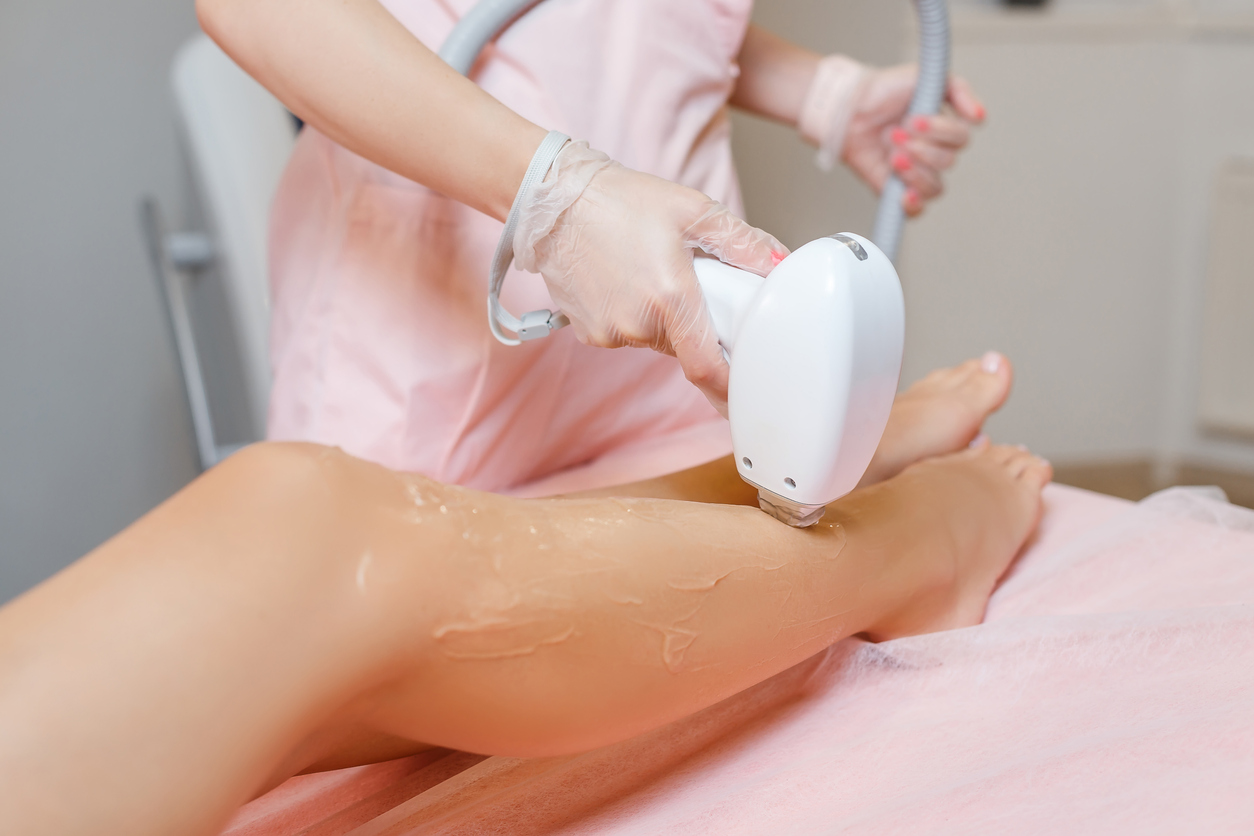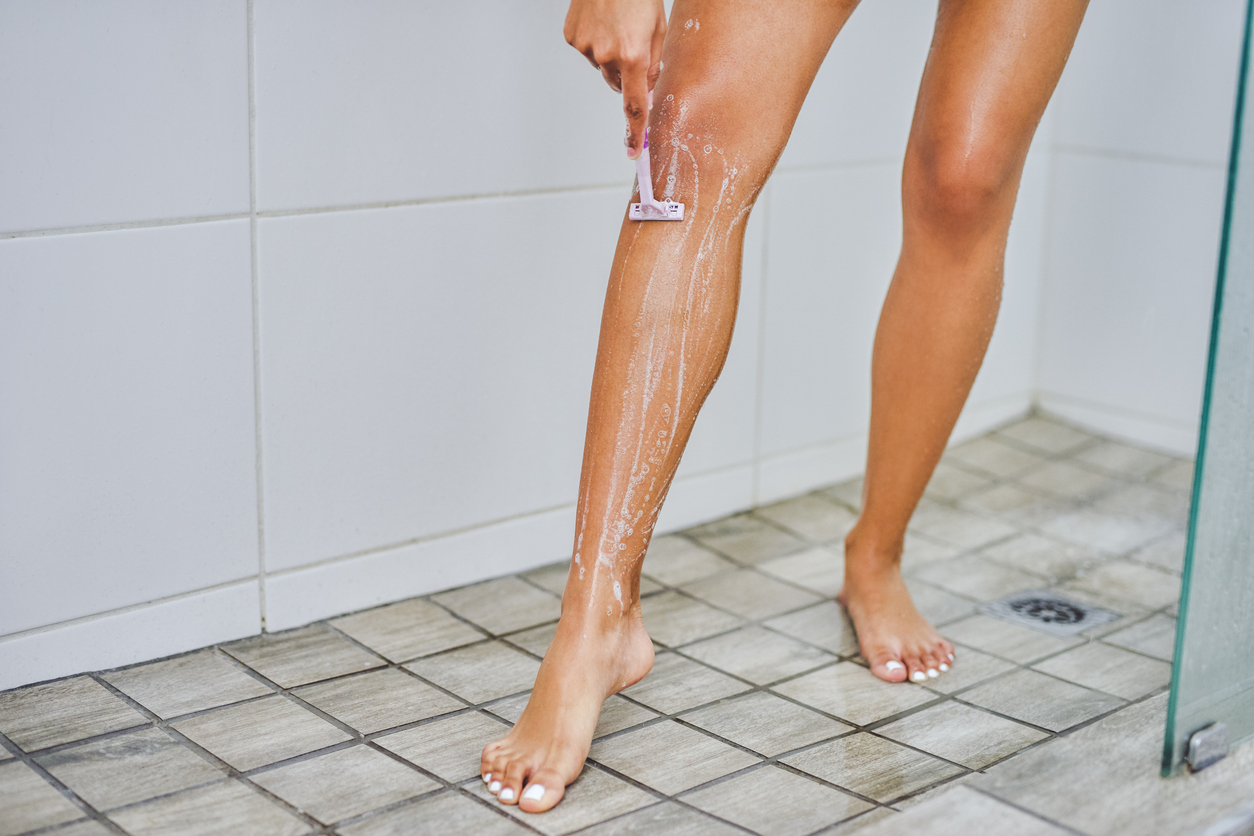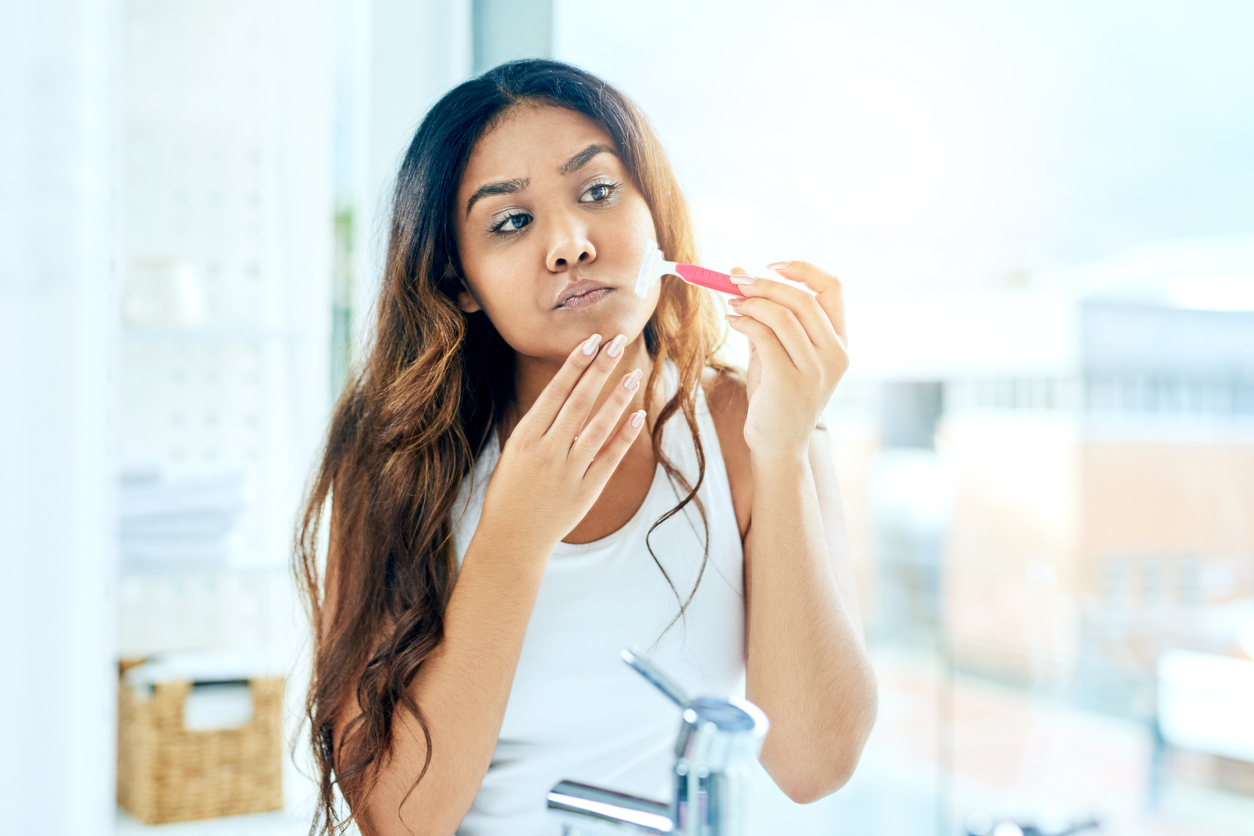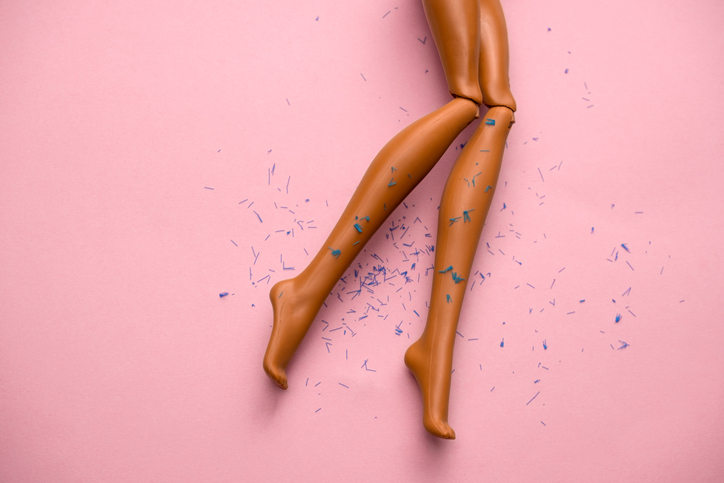What is lichen planus?
Lichen planus is a skin condition that usually causes shiny, raised red or purple bumps that often itch or hurt. This rash can appear anywhere on your skin, including:
- your legs and arms
- your genitals – penis or vulva (the outer part of the female genitals)
- your scalp
Lichen planus can also affect your nails and mouth.
It’s still not clear what exactly causes lichen planus, but you’re most likely to get it in middle age. But it’s not contagious, which means you can’t spread it to anyone else.
What are the symptoms of lichen planus?
Lichen planus causes different symptoms, depending on whether it’s on your skin, nails or mucous membranes. Your mucous membranes are the sensitive, moist skin that lines certain parts of your body, like the inside of your mouth, vagina and penis.
On your skin
If you have lichen planus, it’s common to develop a rash of shiny, raised red or purple bumps on your wrists, arms or legs. But the rash can show up elsewhere too, such as your legs, where it may become very large, thick and scaly.
These bumps are often very itchy, but scratching them can lead to more bumps forming, as well as darkening of your skin (hyperpigmentation) after the rash heals.
Lichen planus doesn’t usually appear on your face, but it can affect your scalp and other areas of skin where there is hair. When it’s serious, it may cause lichen planopilaris, which leads to permanent hair loss (scarring alopecia). Lichen planopilaris destroys hair follicles (the small hole in your skin that an individual hair grows out of) and replaces it with scarring, which leads to permanent hair loss, so your hair won’t grow back.
On your nails
If you have a mild form of lichen planus on your nails, you may see:
- lines or ridges on your nails
- thinning of your nails
- the skin under your nails (the nail bed) changing colour
When it’s more serious, you can lose your nails and develop scarring.
On your mucous membranes
When lichen planus affects the moist skin that lines areas like your mouth (oral lichen planus) and tongue, vulva (vulval lichen planus) or penis (penile lichen planus), it can cause symptoms including:
- redness and swelling
- painful sores – if these are in your mouth, they can cause burning and stinging when you eat or drink
- patches that look like white lace (known as Wickham striae) – these patches are often painless
But lichen planus can also cause no symptoms at all.
Most people develop the classic form of lichen planus described above, but it’s possible to develop more severe forms of the condition that cause serious skin scarring and darkening.
Another skin condition that’s often confused with lichen planus is lichen sclerosus, which tends to cause very itchy, white patches of skin, most often over your genitals.
When to see a doctor about lichen planus
If you have any of the symptoms listed above or think you may have lichen planus, see a doctor as soon as possible. They can advise you on what’s causing your symptoms and if you need treatment.
You should see a doctor or go to hospital immediately if:
- the rash is red, hot, swollen and/or very painful
- the rash comes on suddenly and spreads rapidly
- the rash doesn’t disappear when you roll a glass over it
- you have a fever or feel generally unwell
- the rash starts to blister or turns into open sores
- the rash covers your whole body
Read more about different types of rashes.
What are the common causes of lichen planus?
It’s not clear why some people develop lichen planus and others don’t. But it’s likely that lichen planus is an autoimmune condition, which means that your immune system mistakenly attacks your body and causes skin inflammation for reasons that aren’t known.
Lichen planus may also be triggered by taking certain medications, previous skin injury and infections like hepatitis B or C.
How is lichen planus diagnosed?
A doctor will usually diagnose lichen planus by asking you about your symptoms and looking at the rash. A dentist might even spot it during a routine dental check-up.
In some cases, a doctor may confirm the diagnosis by taking a small sample of your skin (skin biopsy) to send to a lab, where it will be looked at under a microscope.
What is the best treatment for lichen planus?
There’s no treatment that will completely cure lichen planus, but there are ways to manage your symptoms and speed up healing. The treatment you need will usually depend on which part of your body is affected and how bad your symptoms are.
Sometimes you may not need any treatment. Lichen planus on your skin can be mild and usually gets better by itself within a year – although it can last longer, especially when it affects your scalp, nails, mouth or genitals.
If you have lichen planus caused by medication, you’ll usually need to stop taking it to improve your symptoms. But don’t suddenly stop your medication without speaking to a doctor first. They’ll be able to advise you on if you need to stop taking the medication and how to safely do so.
If a doctor thinks you need treatments for your symptoms, your options may include:
- steroid ointments, creams, or gels to rub directly onto the rash (topical corticosteroids)
- steroid tablets – if creams and ointments don’t work
- antihistamines to help relieve itching
- medicines that numb your mouth and genitals and help the pain
- special mouthwashes and sprays – for lichen planus in the mouth
- phototherapy – a treatment using a special type of light
You may also be referred to a specialist doctor (dermatologist).
You can also do a few things to help manage your symptoms. These include:
- not scratching itchy skin because this makes the rash worse and increases your risk of injury and infection
- avoiding soaps and body washes when showering and bathing. Stick to plain warm water, and always wash and dry your skin gently
- moisturise your skin well to help reduce itching
- avoid wearing tight clothes if you have lichen planus on your genitals (vulval lichen planus and penile lichen planus). Use an ice pack wrapped in a cloth to relieve any itching and swelling in the area. Read more about how to treat a sore penis at home.
Foods to avoid and other self-care measures for oral lichen planus
If you have sores in your mouth from oral lichen planus, there are foods you can avoid and other self-care measures you can take to relieve your symptoms and make sure they don’t get worse.
Try these:
- be careful when brushing your teeth – use a soft toothbrush with mild toothpaste that doesn’t irritate your mouth, and brush twice daily to keep your teeth and gums healthy
- avoid alcohol, especially spirits – this includes mouthwashes with alcohol
- avoid foods that are strong and spicy, like chilli and curry, or very salty
- avoid food and drinks that are acidic, like citrus fruit, fruit juices and tomatoes
- avoid foods that may cut your mouth, like crusty bread or crisps
- eat bland foods, such as porridge and mashed potatoes, when your sores are painful
- visit your dentist regularly to help keep your teeth and gums healthy
Can you prevent lichen planus?
As the exact causes of lichen planus aren’t known, it’s not quite clear how it can be prevented.
What can I expect if I have lichen planus?
Lichen planus on your skin can be uncomfortable, but it usually clears up by itself after a year – sometimes longer, especially if it’s in your mouth. Once lichen planus on your skin has cleared up, it usually doesn’t come back.
But when the mouth or the genitals are involved, lichen planus may last much longer and it may keep coming back.
Dealing with ongoing lichen planus can be difficult, so speak to a doctor if you’re finding it hard to cope. You can also contact a support group like the International Oral Lichen Planus Support Group for additional support.
Your questions answered
Is oral lichen planus serious?
In most cases, lichen planus in your mouth (oral lichen planus) isn’t serious. You may not even realise you have it because you won’t have any symptoms, and often this mild form will clear up by itself. But in some cases, you may notice symptoms like burning and stinging in your mouth. They may feel serious, but these symptoms can usually be managed with treatment like avoiding certain foods and using special mouthwashes.
Is oral lichen planus an autoimmune disease?
Yes, oral lichen planus is thought to be an autoimmune disease. This is when your body’s defence system – the immune system – attacks your mouth and skin cells by mistake. This leads to inflammation and other lichen planus symptoms.
What is the difference between lichen sclerosus and lichen planus?
Both lichen sclerosus and lichen planus are skin conditions. Lichen sclerosus tends to cause very itchy, white patches of skin, which are most commonly found over the genital areas, while lichen planus causes purplish-red raised bumps on the body and/or white patches inside the mouth. If you think you have either lichen planus or lichen sclerosus, you should see a doctor. – Answered by Dr Rhianna McClymont, Lead Doctor at Livi. Click here to speak to a registered doctor by video, today (UK only).
Key takeaways
- lichen planus is a skin disorder that can cause a rash
- the exact causes of lichen planus are still not known
- lichen planus may be triggered by certain medications, skin injury and liver conditions
- there’s no treatment that can completely cure lichen planus
- treatment can include steroid creams, antihistamines and light therapy







